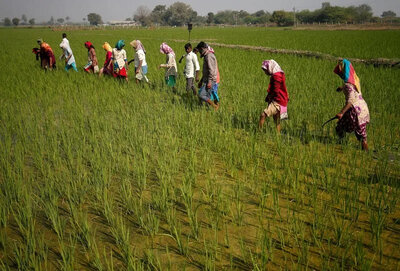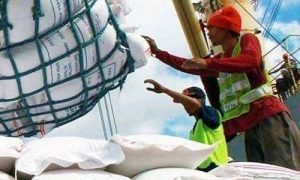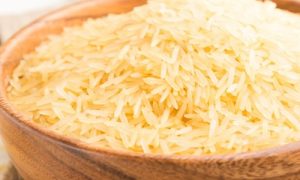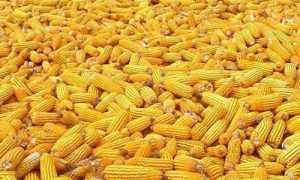Growing rice by direct seeding: Laying a new field

Private sector investment in Indian agriculture technologies has slowed, but a new joint venture between RiceTec and Mahyco promises climate-smart innovations for rice and wheat. This collaboration could significantly reduce water, labor, and fuel costs, enhancing sustainability in farming. The introduction of herbicide-tolerant rice and wheat varieties represents a positive shift amid past resistance to new technologies. The government should support these advancements to address the ongoing technology gap in Indian agriculture.
Private sector investment in agriculture technologies — those helping boost crop yields or cutting production costs for Indian farmers — has been halting in the last decade or more. This is unlike in the first two decades after liberalisation, which saw a host of agronomic interventions — from hybrid seeds in vegetables and maize, genetically modified (GM) Bt cotton, tissue-culture and high-density planting of fruit crops, drip irrigation and laser land leveling, to fast-growing broiler chicken and layer breeder birds. These were all introduced by private players, both Indian (Mahyco, Jain Irrigation, Venky’s, Suguna) and multinational (Monsanto/Bayer, Syngenta, Pioneer/Corteva). That flow of innovations has slowed considerably. One reason was an extended period of low farm prices following the collapse of a decade-long global commodity boom in 2013-14. No less important, though, has been the Luddite turn in domestic policymaking — the promotion of paramparagat krishi (organic farming) being combined with blocking not just the commercialisation, but even open-field trials, of new GM crops.
Against this background, RiceTec and Mahyco forming a joint venture focusing on technologies to grow rice by direct seeding (instead of transplanting and flooding of fields) and wheat through zero tillage (without burning stubble from the previous paddy crop and land preparation before sowing) is significant — and welcome. Breeding in rice and wheat, which are largely self-pollinating crops less amenable to hybridisation, has traditionally been a public sector monopoly in India. Two major private seed companies coming together to pool their expertise — RiceTec’s in rice and Mahyco’s in wheat — and make the farming of the two crops “more climate-smart and sustainable” is, therefore, significant. The flooding of paddy fields and repeated ploughings for wheat is done by farmers primarily to control weeds. The two companies have developed rice and wheat hybrids/varieties containing a mutated gene, whose altered DNA sequence enables their plants to “tolerate” the application of Imazethapyr, a herbicide effective against a wide range of weeds. By spraying this herbicide, farmers would save a lot of water and labour required in rice transplanting-cum-puddling, besides fuel costs and time in preparing the field for wheat sowing. And there would be no need to burn stubble either.
The welcome part is that the Indian Agricultural Research Institute has also released rice varieties with Imazethapyr-tolerant traits — again introduced through mutation breeding, not GM. The fact that there is competition from the public sector and no foreign genes here (unlike Monsanto’s Bollgard Bt cotton) should silence any Luddite opposition to the new technology. In any case, the government should not pay heed to such voices this time. A decade of virtual technology famine has been costly for Indian agriculture and farmers. A country seeking to be atmanirbhar in feeding its people cannot afford one more.
Source Link : https://indianexpress.com/article/opinion/editorials/growing-rice-by-direct-seeding-laying-a-new-field-9491720/















